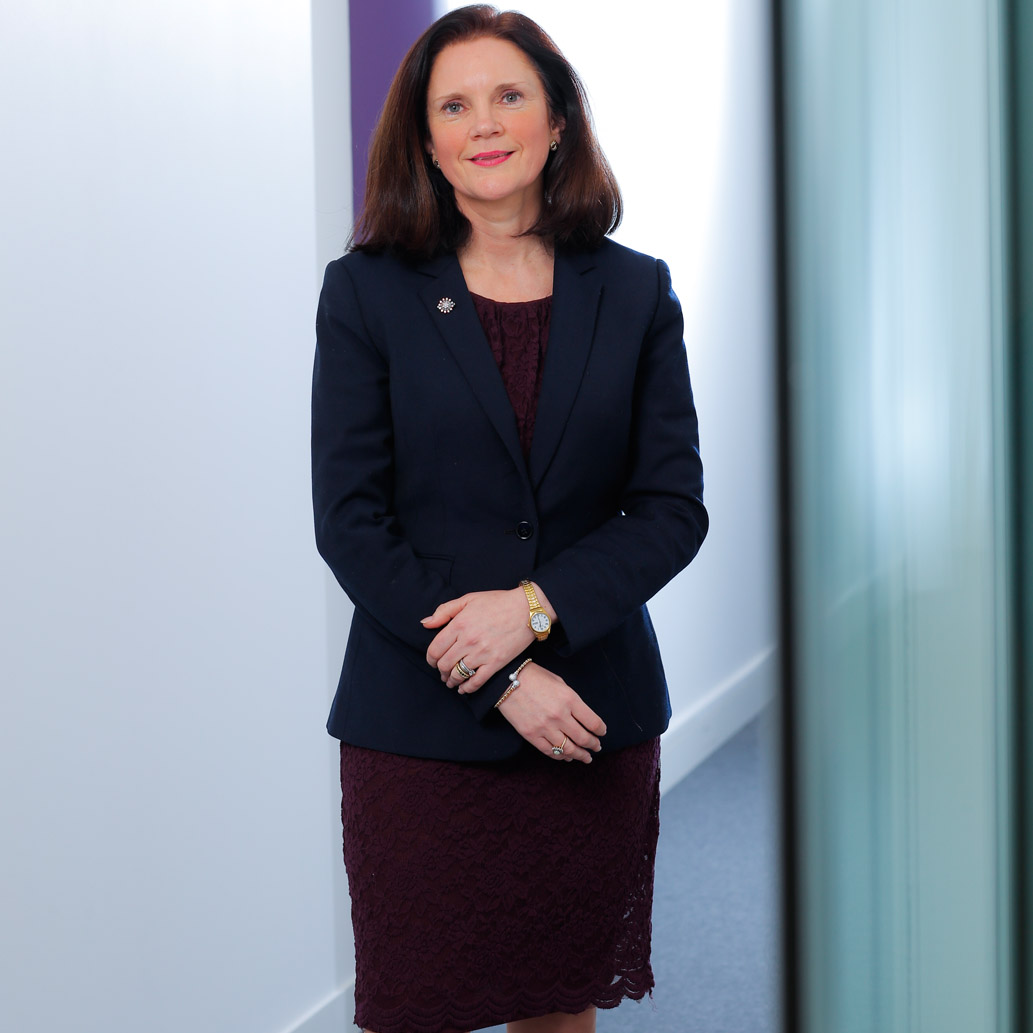Leidos UK & Europe is a dynamic force in the digital world, where artificial intelligence is posing as many challenges and dangers as it is opportunities and advantages. From leading the MOD logistics programme to protecting the increasingly sophisticated but ever-vulnerable public and private sectors, this is an evolving, mission-focused organisation, where staying ahead of the curve is critical to operational success.







